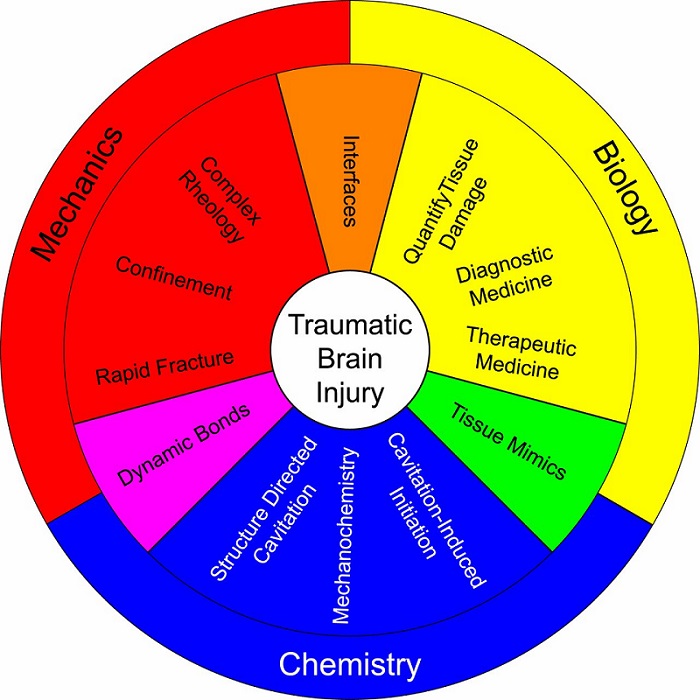Co-first author Dougan adds, “While cavitation is often thought of as something to be avoided, we aim to use it to benefit medicine and the development of new treatments.” For example, cavitation rheology can be used to measure the strength of interfaces within the brain, which is difficult to achieve with any other method, she notes. Specifically for TBI, the authors outline techniques for biologists to establish cavitation rheology as a tool for characterizing mechanical responses of soft biological tissues.
Read more from the press release by Al Crosby, Professor of PSE

Barney, C. W., Dougan, C. E., Mcleod, K. R., Kazemi-moridani, A., & Zheng, Y. (2020). Cavitation in soft matter. Proceedings of the National Academy of Sciences of the United States of America, 117(17), 9157–9165.
https://doi.org/10.1073/pnas.1920168117
https://www.pnas.org/content/117/17/9157
